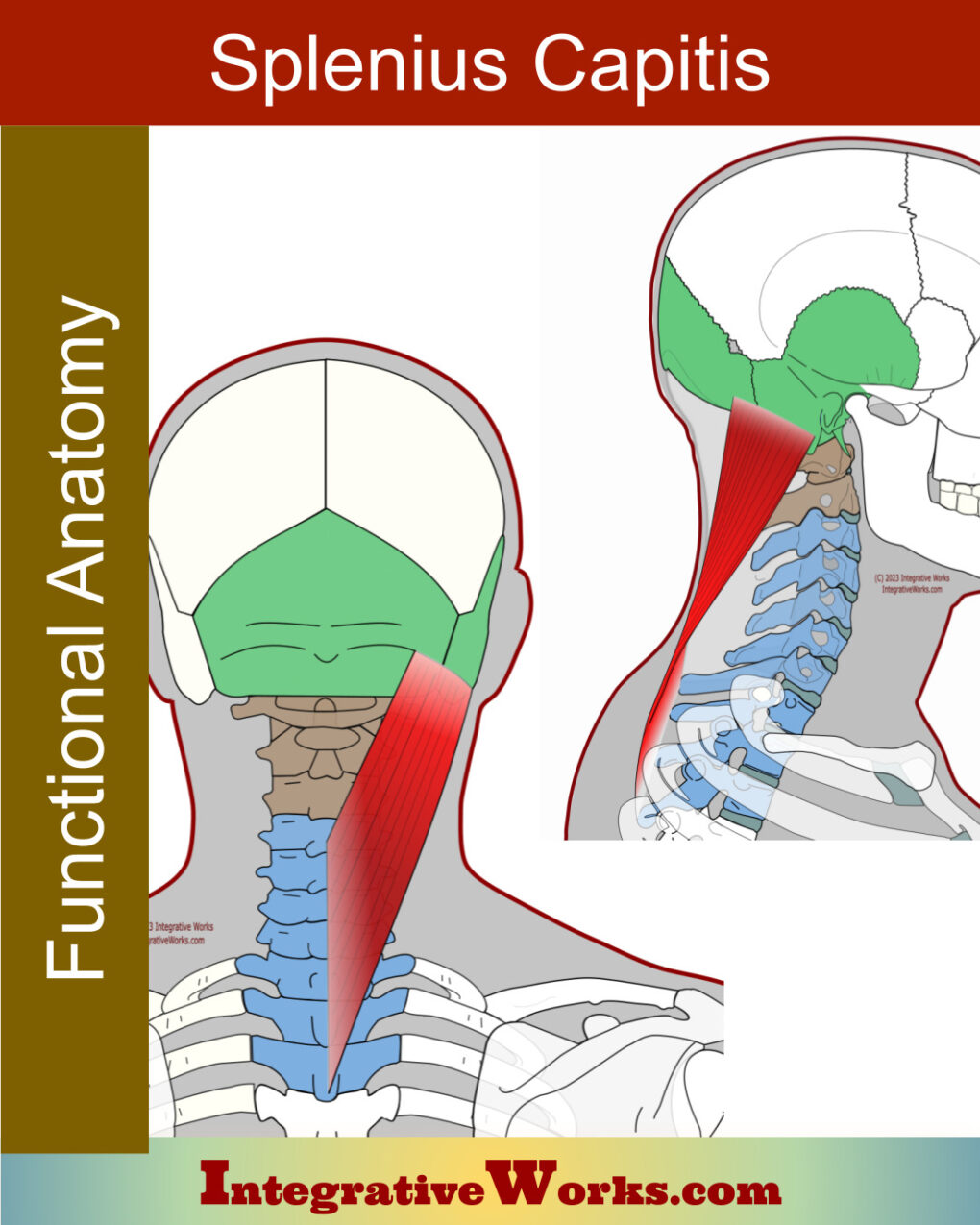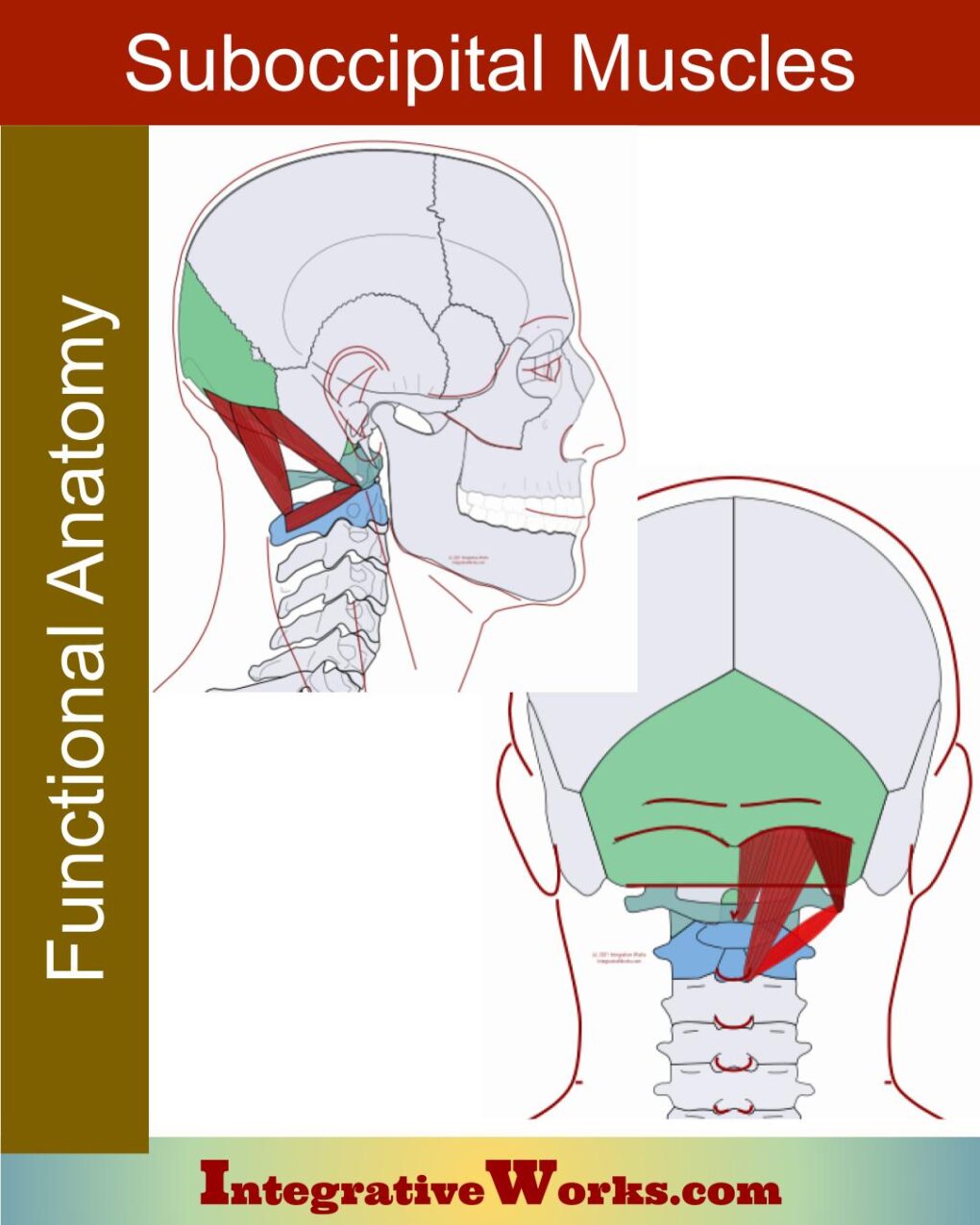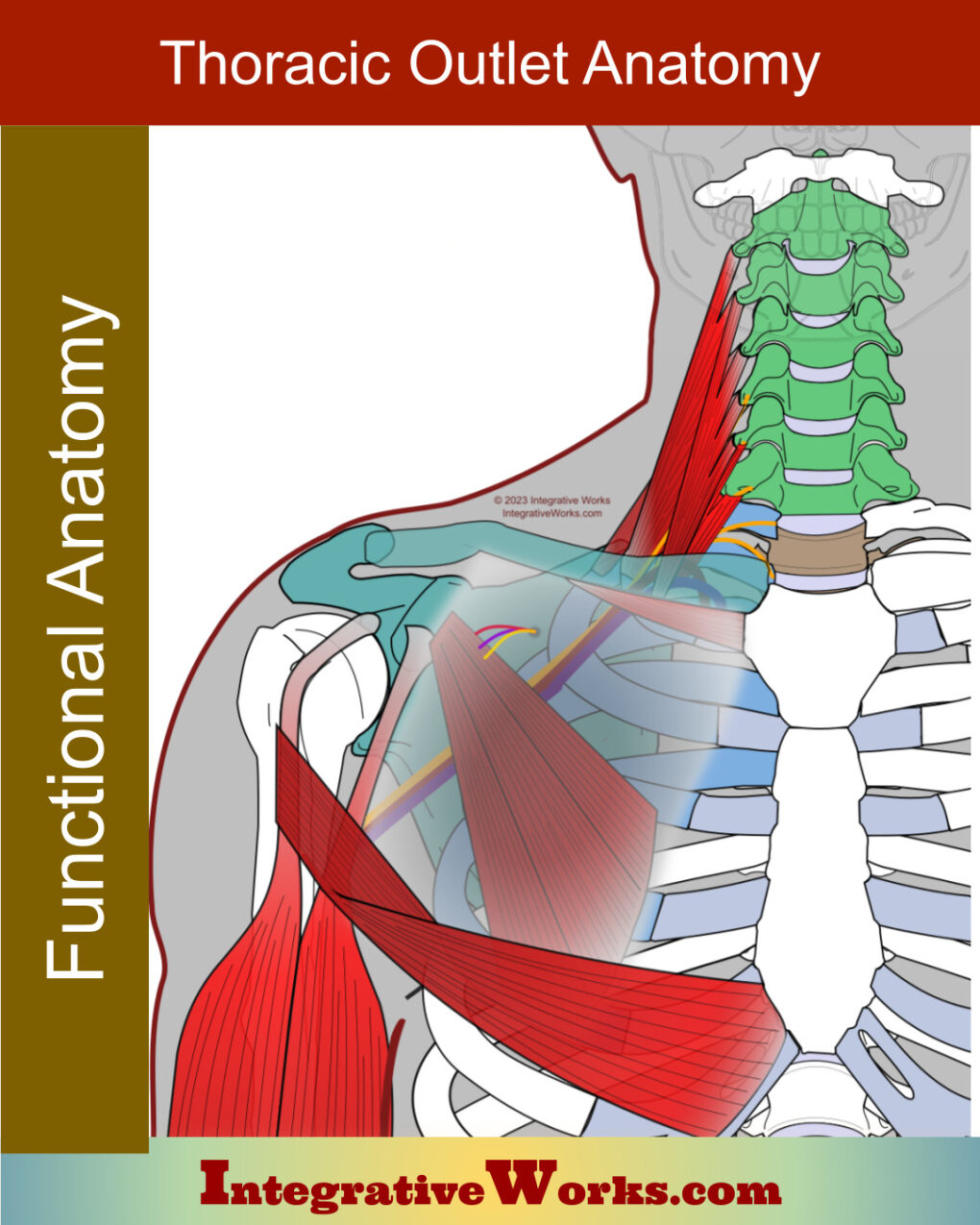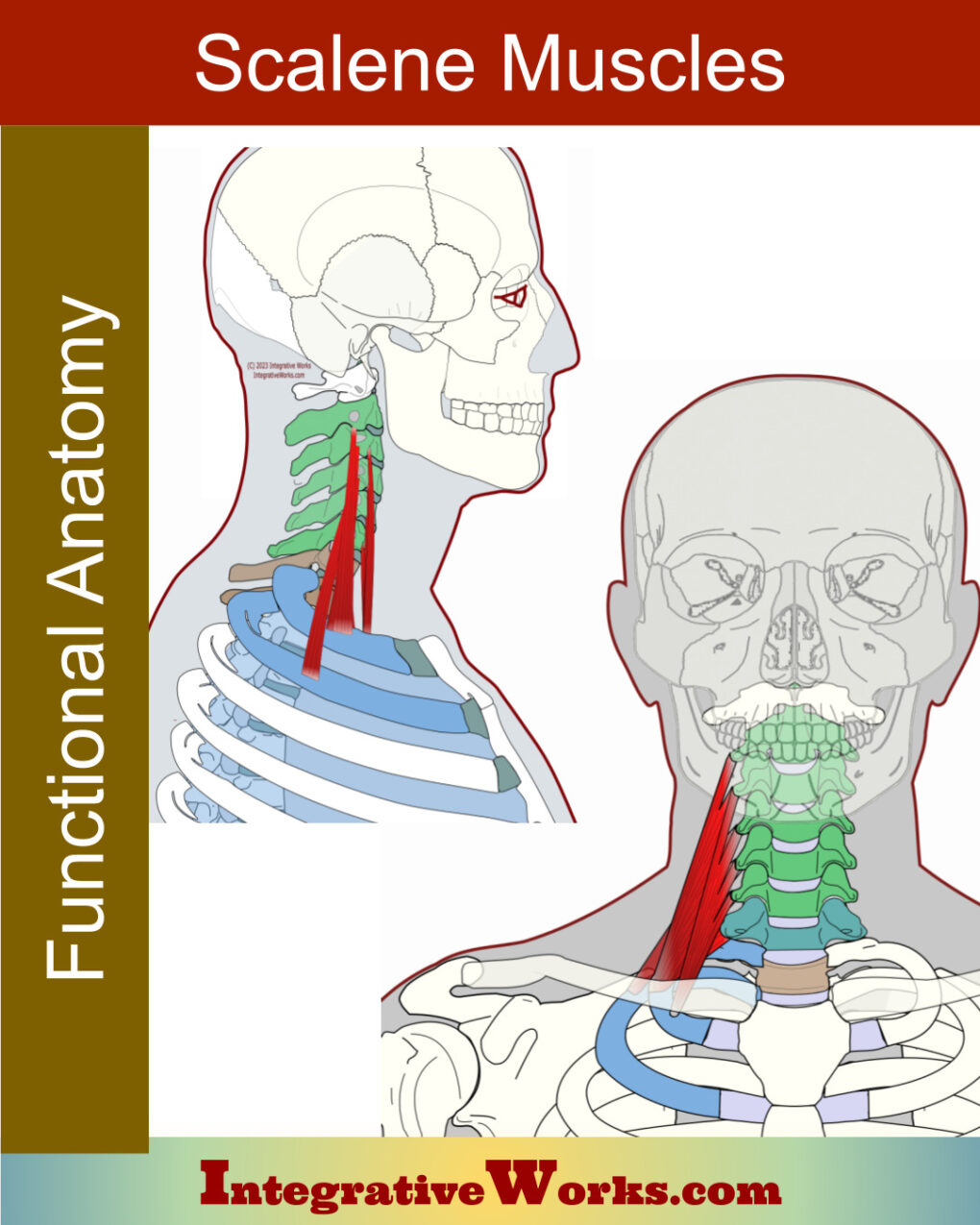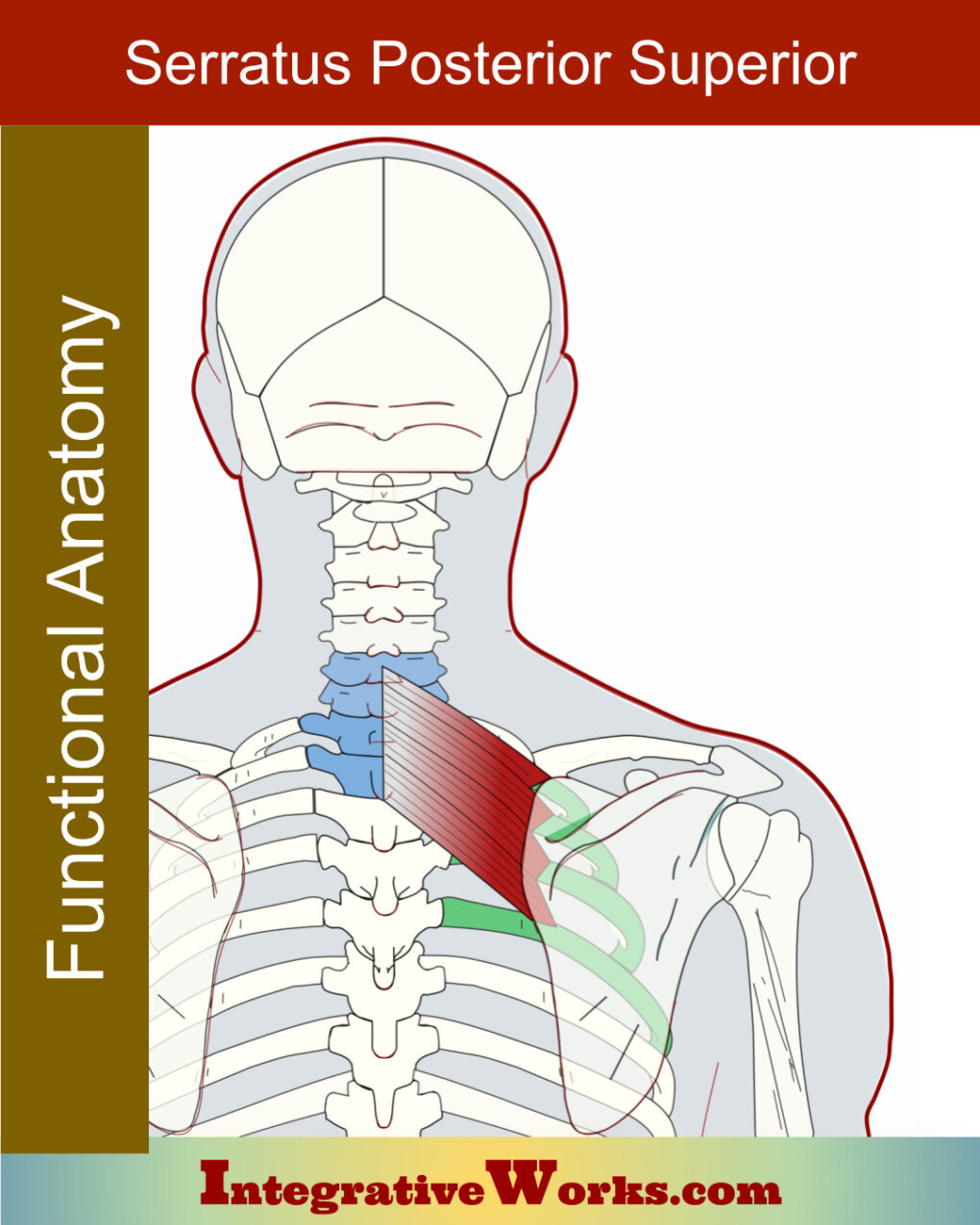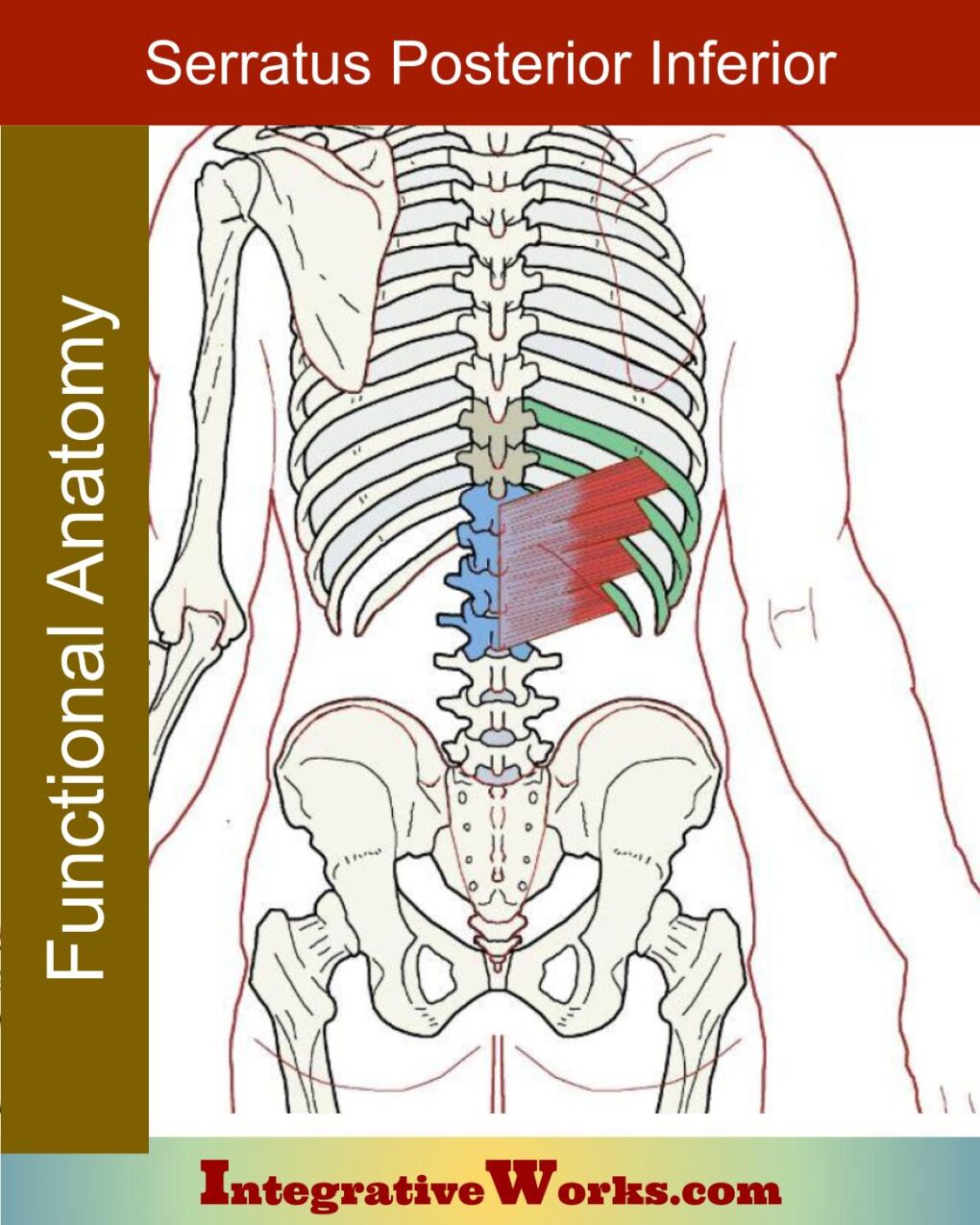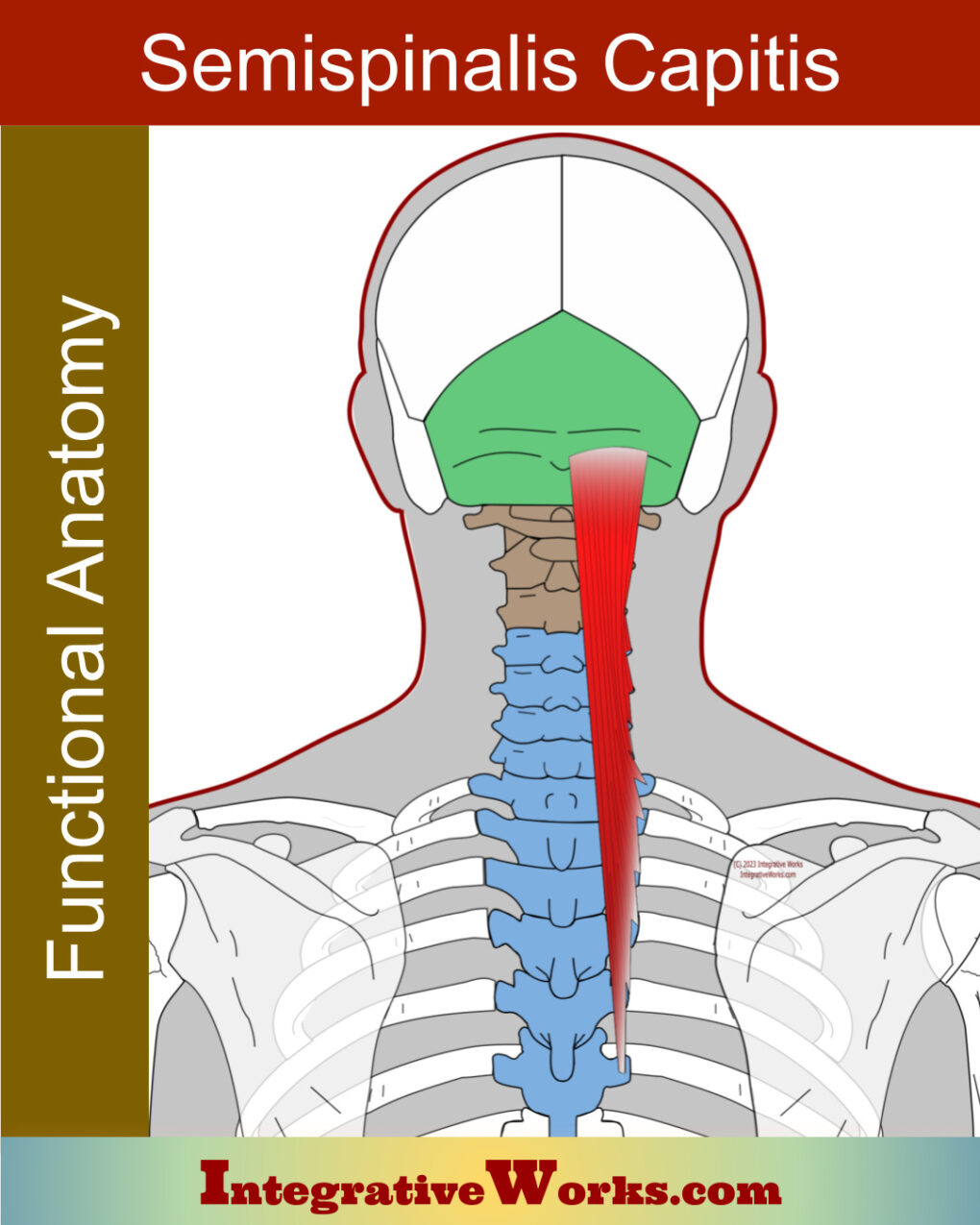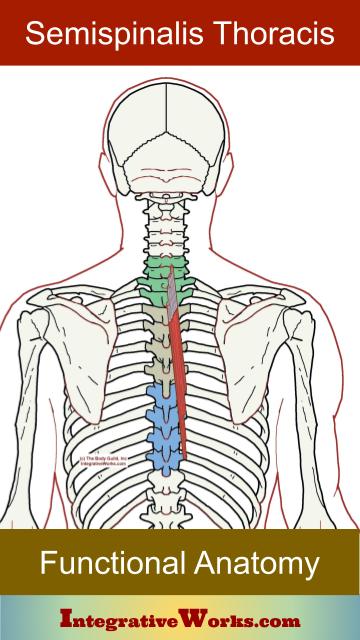Splenius Cervicis – Functional Anatomy
Overview Here, you will find the anatomy and physiology of the splenius cervicis muscle. Splenius cervicis is a broad, flat muscle that wraps around the lateral neck. It anchors in the upper thoracic vertebrae and inserts on the upper cervical vertebrae. This makes it a “jack of all trades, master of none,” as it assists […]


